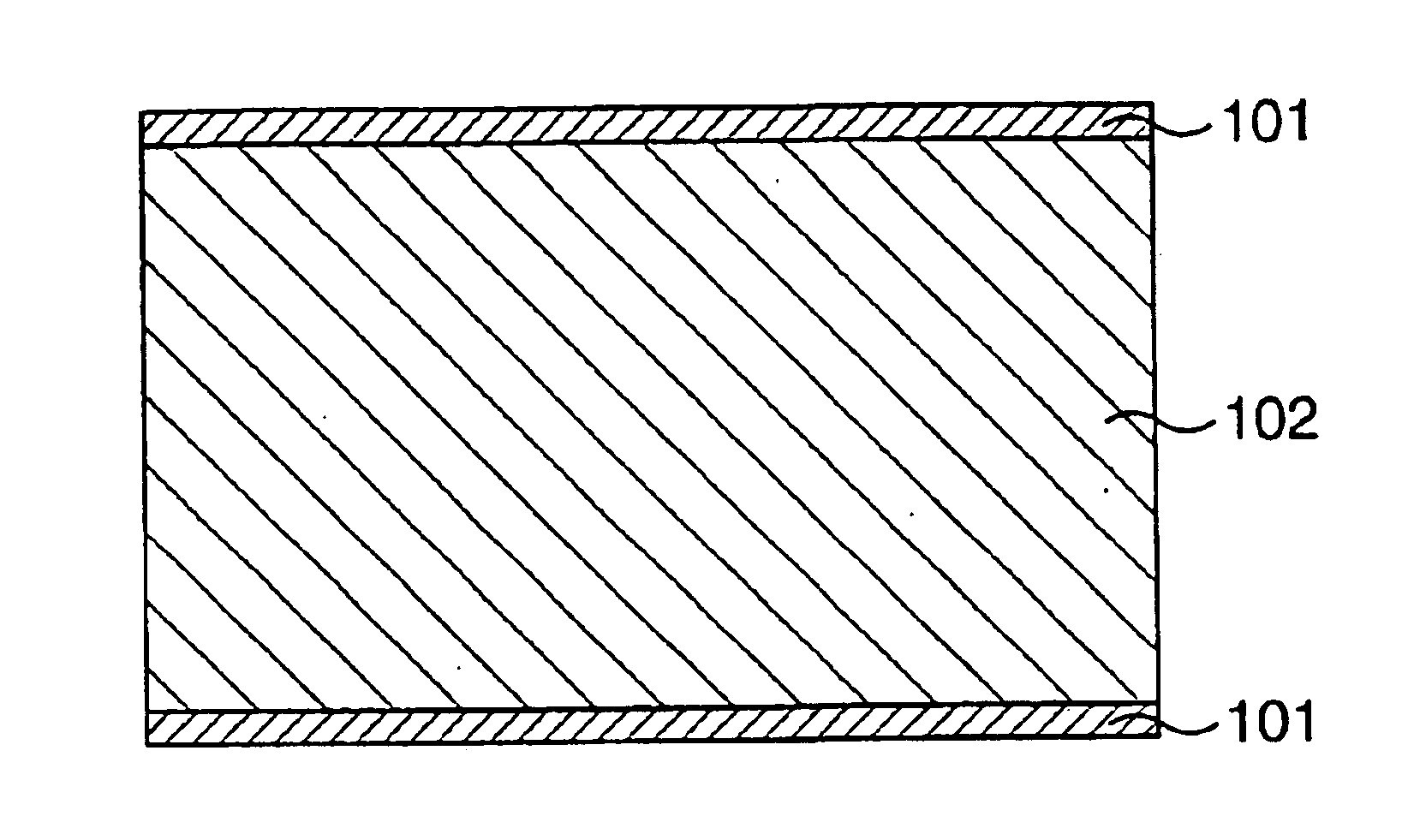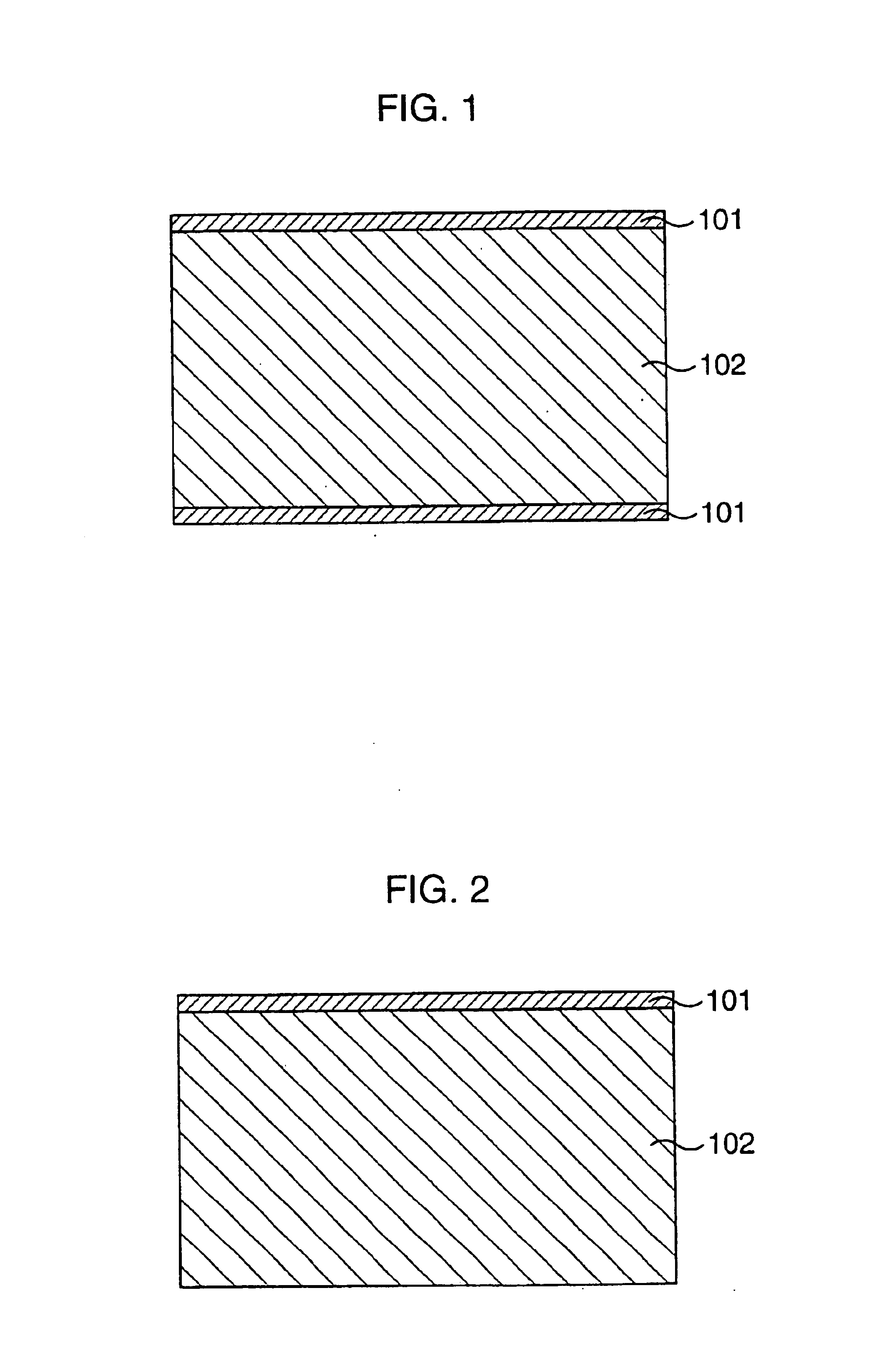Ceramic composition, composite material, composite material production method, porous body, oxygen separator, and chemical reactor
a composite material and composition technology, applied in the direction of ceramicware, natural mineral layered products, separation processes, etc., can solve the problems of difficult to make these two requirements compatible with each other, unstable perovskite type structure, and inability to permeate oxygen gas through mixed conducting oxides, etc., to achieve the effect of improving oxygen permeation rate, separating oxygen gas from atmosphere with small scale of facilities and inexpensively
- Summary
- Abstract
- Description
- Claims
- Application Information
AI Technical Summary
Benefits of technology
Problems solved by technology
Method used
Image
Examples
example 1
In this Example, the densifying temperature, crystal structure, linear expansion coefficient, and oxygen permeation rate were evaluated in order to verify that a ceramic composition that the present invention provides is preferable to a porous body or a dense film. As raw materials of samples, there were employed La2O3, CaCO3, SrCO3, BaCO3, Fe2O3, CO3O4, Nb2O5, Ta2O5, CuO, ZnO, NiO, Li2CO3, MgO, Cr2O3, Ga2O3, TiO2, and ZrO2, a required amount of each of these raw materials was weighted, and a 24-hour ball milling mixture was carried out together with a zirconia ball by employing an isopropyl alcohol as a dispersion catalyst. The obtained slurry was dried, milled, and filled in a MgO based rectangular pod, and temporary sintering was carried out at 850° C. for 12 hours in air. The obtained temporarily sintered powders were milled, were filled in a dice of 12 mm in diameter, were axially molded in tablet shape, were filled in an ice bag, and were subjected to CIP molding. The obtained...
example 2
In this Example, in order to verify that the characteristics of the porous body of the ceramic composite that the present invention provides are not degraded even after being filmed, a porous body was produced, and further, was subjected to heat treatment at the same temperature when a dense film was formed. Then, the porosity before heat treatment was compared with that after heat treatment. 30 wt % PVa was added to temporarily sintered powders produced in the same way as in Example 1, and mixing and milling was carried out for 2 hours by boll milling. The obtained mixture powder was filled in a dice of 12 mm in diameter, and was axially molded in a tablet shape. Further, the molded powders were filled in an ice bag, and were subjected to CIP molding. The obtained molded element was de-fatted at 450° C. for 5 hours in a MgO based rectangular pot, and further, the de-fatted molded element was sintered for 5 hours at each sintering temperature. A disc shaped porous body of 1 mm was c...
example 3
In this Example a composite material was actually produced, and its characteristics were checked. First, a disc shaped porous body of 1 mm in thickness was produced in the same manner as in Example 2. On the other hand, temporarily sintered powders were produced in the same manner as in Example 1, the produced powders were dispersed in water to produce a slurry, and the produced slurry was applied to one surface of the porous body, and was dried, and 5-hour sintering was carried out in air. This applying and sintering process was repeated three times or more, a fine mixture conductive ceramic thin film was formed, and a composite material was obtained. Assuming that the thin film was refined to theoretical density, the thickness of the thus formed thin film was calculated based on a weight change in samples before and after a thin film had been formed; a thin film area obtained by the sample shape; and further, theorectical density. The oxygen permeation rate of the obtained composi...
PUM
| Property | Measurement | Unit |
|---|---|---|
| thickness | aaaaa | aaaaa |
| porosity | aaaaa | aaaaa |
| temperature | aaaaa | aaaaa |
Abstract
Description
Claims
Application Information
 Login to View More
Login to View More - R&D
- Intellectual Property
- Life Sciences
- Materials
- Tech Scout
- Unparalleled Data Quality
- Higher Quality Content
- 60% Fewer Hallucinations
Browse by: Latest US Patents, China's latest patents, Technical Efficacy Thesaurus, Application Domain, Technology Topic, Popular Technical Reports.
© 2025 PatSnap. All rights reserved.Legal|Privacy policy|Modern Slavery Act Transparency Statement|Sitemap|About US| Contact US: help@patsnap.com



